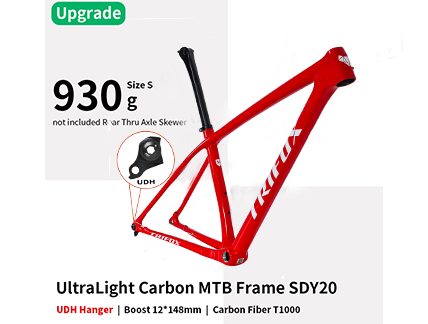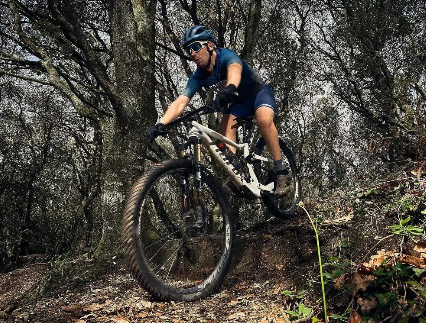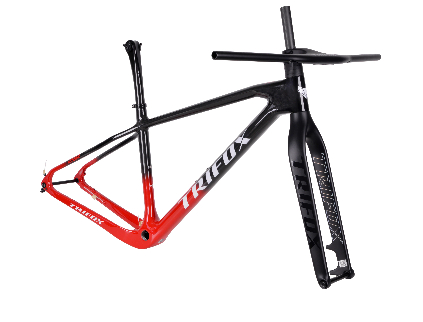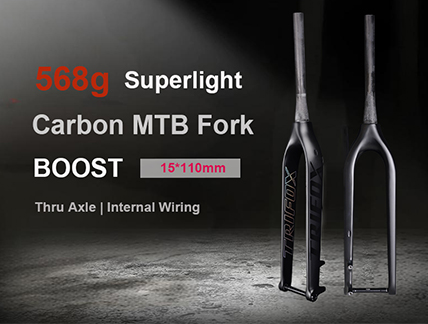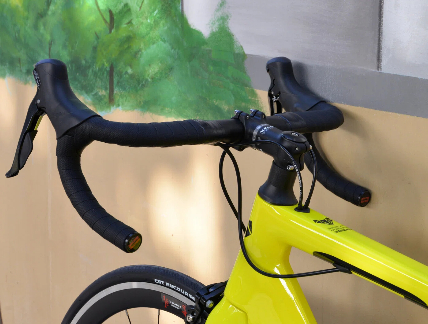The saddle is arguably one of the most critical components of a bicycle, directly affecting your comfort, performance, and overall riding experience. With the myriad of options available in the market, choosing the perfect saddle can seem like a daunting task. However, when it comes to versatility and comfort, round saddles often emerge as the preferred choice for many cyclists across different disciplines.
Understanding Round Saddles
Round saddles are characterized by their rounded profile when viewed from the side. This shape provides a balanced distribution of pressure and supports the sit bones effectively, making them suitable for riders with a dynamic riding position or those who shift positions frequently. They're especially favored by road cyclists, mountain bikers, and endurance riders for their adaptability and comfort over long distances.
Step 1: Assess Your Riding Style
The first step in selecting the perfect saddle is to understand your primary riding style. Are you a road cyclist who values speed and aerodynamics? A mountain biker tackling rough trails? Or perhaps an endurance rider focused on comfort over long distances? Your riding discipline will influence your saddle choice, as different styles prioritize different features such as weight, cushioning, and shape.
Step 2: Consider Saddle Width and Sit Bone Measurement
One of the most crucial factors in saddle selection is width. A saddle that's too narrow won't support your sit bones properly, while one that's too wide can cause chafing and restrict leg movement. The key is to measure the distance between your sit bones and choose a saddle width that offers adequate support without compromising mobility. Most bike shops offer sit bone measurement services, or you can do it at home using a simple cardboard method.
Step 3: Look for Quality Materials
The materials used in the saddle's construction play a significant role in its durability, comfort, and weight. Leather saddles, for example, offer exceptional comfort and durability as they mold to your body over time. However, they require more maintenance and have a higher price tag. Synthetic materials are lighter and require less maintenance but might not provide the same level of comfort as leather. Additionally, consider the rail material—aluminum, steel, carbon fiber—to balance weight and strength according to your needs.
Step 4: Evaluate Padding and Cutouts
The right amount of padding in a saddle can make a significant difference in comfort. Generally, a firmer padding is preferable for longer rides and competitive cycling, as it provides better support. For casual riders or those who prefer softer support, a saddle with more cushioning might be more comfortable. Additionally, some round saddles come with cutouts or pressure relief channels designed to reduce pressure on sensitive areas, which can be a game-changer for some riders.
Step 5: Test Before You Buy
Perhaps the most important advice when selecting a saddle is to test it before making a commitment. Many bike shops offer demo saddles that you can try on your bike for a few days. Take advantage of these opportunities to get a real feel for how the saddle performs on the road or trail. Pay attention to any discomfort, pressure points, or mobility issues during the test period.
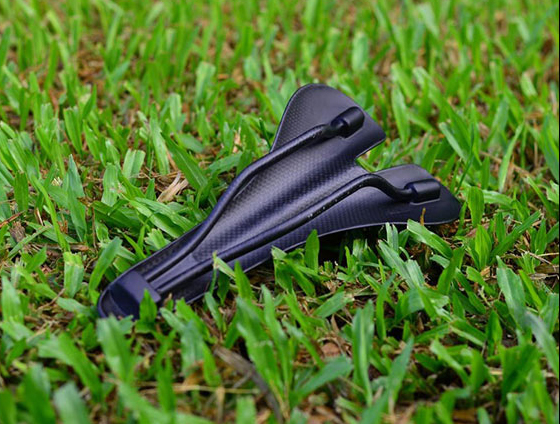
Conclusion
Selecting the perfect round saddle for your riding style and comfort is a personalized process that requires consideration of several factors, including riding discipline, sit bone width, material preferences, and individual comfort needs. By following the steps outlined above, you're well on your way to finding a saddle that not only enhances your riding experience but also supports your performance goals and comfort needs.
Remember, the ideal saddle is one that you barely notice because it fits so well with your body and riding style. Don't be afraid to spend time testing different models and asking for advice from experienced cyclists or professionals at your local bike shop. After all, a well-chosen saddle is an investment in countless hours of enjoyable and comfortable riding.






























































